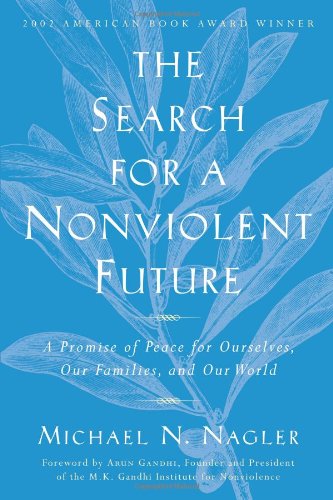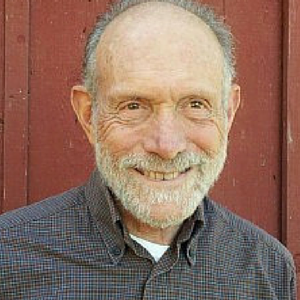“…there was a continuous stream of pilgrims who ‘retired from the household life to the houseless one.’” ~ Gandhi, Satyagraha in South Africa, p. 263
As with his famous quote on satya, Gandhi here shows how vividly he saw the eternal, or religious significance of everything he was doing both in South Africa and later in India for the elevation of humanity. Here he is describing the striking mine workers whom he was leading, illegally, to his ashram (not yet called such), Tolstoy Farm, near Johannesburg, in 1913. Elsewhere he refers to the marchers as an “army,” but more often “pilgrims” as he does here, throwing in an allusion no Indian would miss to the early monastic followers of Buddha. As I’ve noted in Search for a Nonviolent Future, Gandhi rarely did anything that was merely symbolic, and this march was no exception. The striking workers needed to be accommodated somewhere, and why not throw in some civil disobedience (crossing into the Transvaal) while they were at it! It had religious significance, but that significance arose from practical reality.
Thanks for sharing a comment below.
About Daily Metta
 Stephanie Van Hook, the Metta Center’s executive director, launched Daily Metta in 2015 as a way to share Gandhi’s spiritual wisdom and experiments with nonviolence.
Stephanie Van Hook, the Metta Center’s executive director, launched Daily Metta in 2015 as a way to share Gandhi’s spiritual wisdom and experiments with nonviolence.
Our 2016 Daily Metta continues with Gandhi on weekdays. On weekends, we share videos that complement Michael Nagler’s award-winning book, The Search for a Nonviolent Future: A Promise of Peace for Ourselves, Our Families, and Our World. To help readers engage with the book more deeply, the Metta Center offers a free PDF study guide.
Enjoy more Daily Metta: See the archives
Get Daily Metta by email: Subscribe









I appreciate “Gandhi the Man” for telling and sometimes showing that Gandhi was learning as he went along, that he could act like an ass, as he did in the anecdote in which he delivers Kasturbai to the gate intending to evict ,her, and he could also listen to criticism from others, evaluate it honestly, and change his behavior as dictated by truth. The key points being: 1) he was, like all of us, a flawed human being, conditioned to be such primarily by the dominant tradition and/or culture and 2) he was willing to examine that conditioning and change his behavior, rejecting that which was self-serving.